The netcat command is used in networking for reading or writing using either the transmission control protocol or the user datagram protocol. Users use netcat commands for different purposes, such as attacking to debug network issues. Also, it is used to enhance the network communication to be more secure.
If you are interested in knowing more applications of the netcat command, then some of them are mentioned below:
- It is used to scan the ports
- It is used for the port listening
- It is used for the transferring of data to other machines
- It is used to create chats
After this application, users are curious to install it on the computer. The good thing is that the netcat package comes for the various platforms. This blog will demonstrate the installation of the netcat on Debian Bookworm. Also, it will explain the usage of then netcat on Debian with the help of the examples following the next-mentioned outline:
- How to Install the netcat on Debian Bookworm
- What is the General Syntax of Using the netcat Command on Debian
- How is the netcat Command Used on Debian Linux
- Example 1: Server and Client Machine with the netcat Command
- Example 2: Transfer Files between Server and Client Machine
- Example 3: Ping a Port on the Website
- How to Uninstall netcat Command on Debian
How to Install the netcat on Debian Bookworm?
The package of the netcat comes in the package list of Debian Bookworm. To install it, first, upgrade all the packages following the next-mentioned steps.
Step 1: Launch the Terminal
Use the CTRL+ALT+T to launch the terminal on Debian Bookworm. One can also find it from the Application’s menu and open it as shown below:
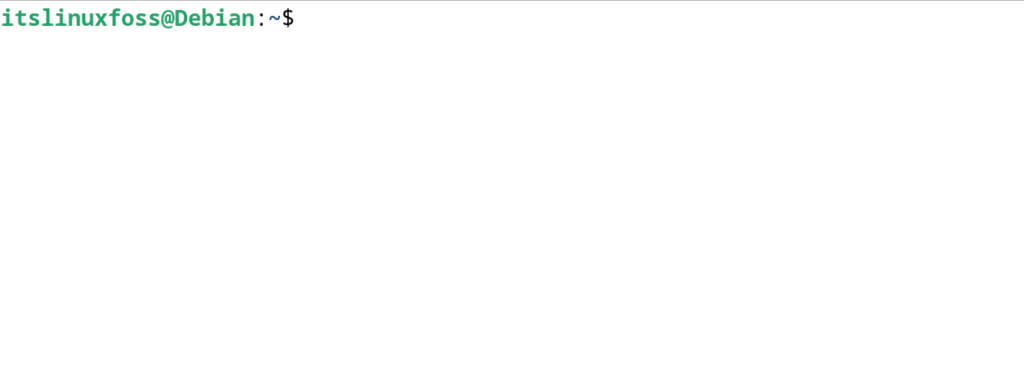
Step 2: Upgrade the Package List
After opening the terminal, search for the updates availability of the packages of the Debian with the following command:
$ sudo apt update
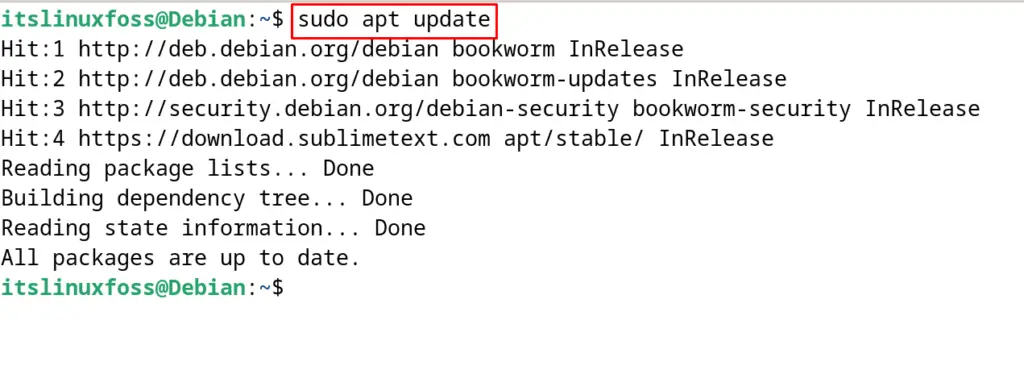
This command will fetch the available updates, and if found, then prompt a message to upgrade them. Upgrade and install the updates by using the command:
$ sudo apt upgrade -y
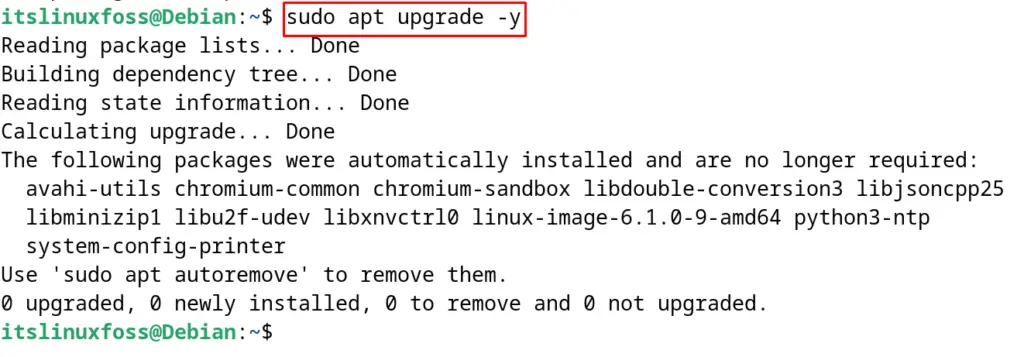
Step 3: Install netcat on Debian
To install the available netcat package on Debian Bookworm, execute the command:
$ sudo apt install netcat-traditional -y
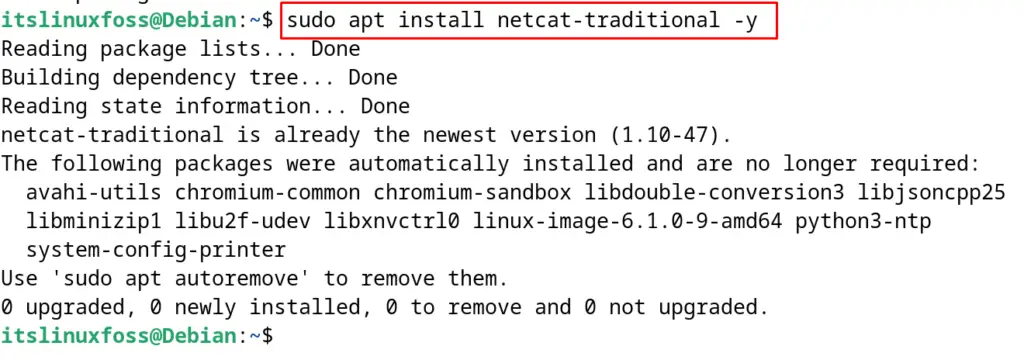
What is the General Syntax of Using the netcat Command on Debian?
The netcat command is an important command utility in networking and it is used to troubleshoot network connection related issues.
To use the netcat command on Debian, run the command following the next-mentioned syntax:
$ nc [options] [host] [port]
First, initialize the command either by using the nc or netcat keyword, and then use the command’s option according to your application. Then specify the hostname IP address and the port from which the network communication is supposed to be done.
To find out the options and their applications, the user can go through the manual of the “netcat” command with the following command:
$ man netcat
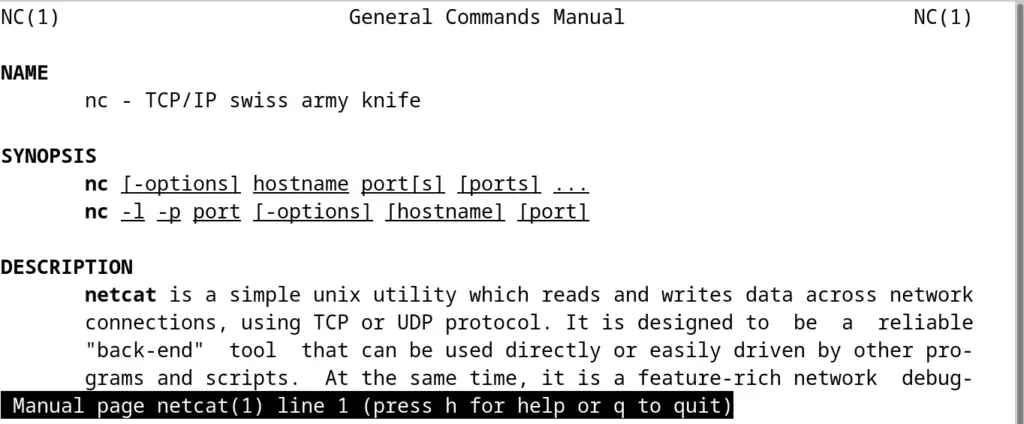
How is the netcat Command Used on Debian Linux?
To understand the basic usage of the netcat command on Debian Linux, some examples are demonstrated.
Example 1: Scanning Port with the netcat Command
The most common usage of the netcat is to scan the open ports and for this purpose, three different options are used:
- The z option to enable the port for scanning
- The v option to display the execution of the command
- The w option to specify the timeout of the execution of the command
For example, to scan the single port with the netcat command, run the command:
$ nc -v -w 2 z [ip address] [port number]
To scan the specific range of the ports, run the command:
$ nc -v -w 2 z [ip address] [port number range]
Example 2: Send the HTTP Requests
The netcat command is used to send the HTTP requests to the specific website with the collaboration of the printf command:
$ printf "GET / HTTP/1.0\r\n\r\n" | nc -v [website] [port number]
The above command will use the port 80 for sending the HTTPS request.
Example 3: Ping a Port on the Website
To test the port on the computer, ping any website with the netcat command as shown below:
$ nc -zv google.com 443

These examples help us understand the basic usage of the netcat command on Debian Bookworm.
How to Uninstall netcat Command on Debian?
To uninstall the netcat package on Debian Bookworm with all its configuration files, data, and dependencies, execute the next command:
$ sudo apt autoremove --purge netcat -y
The package of the netcat has been removed and uninstalled successfully.
Conclusion
To install the netcat command utility on Debian, launch the terminal and run the “sudo apt install netcat -y” command. The netcat or the nc command is used to read and write the TCP and udp connections. Moreover, it is useful to create remote connections between the client and server machine.
This post has explained the basic usage of the netcat command along with its installation as well as uninstallation methods on Debian.
